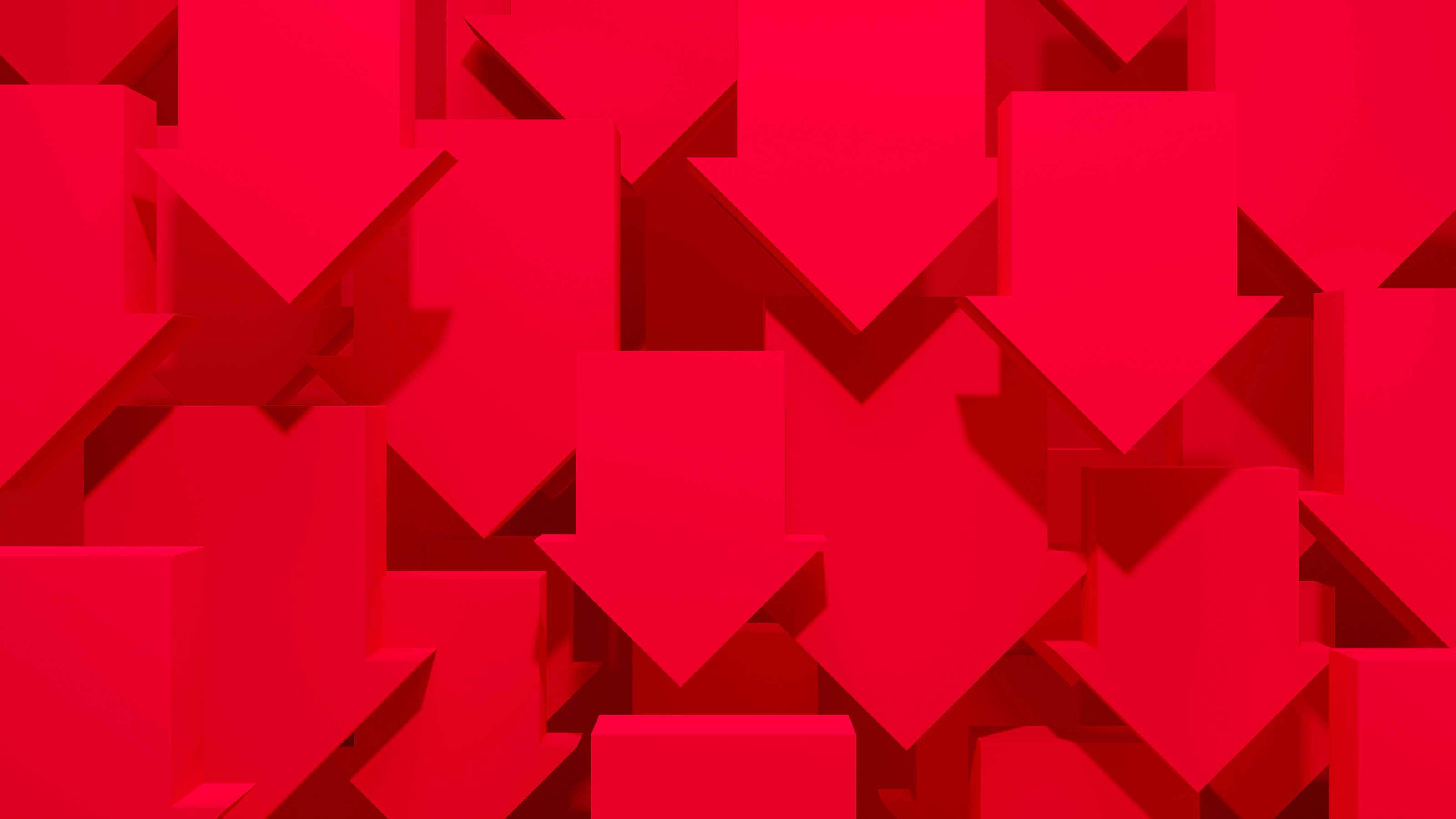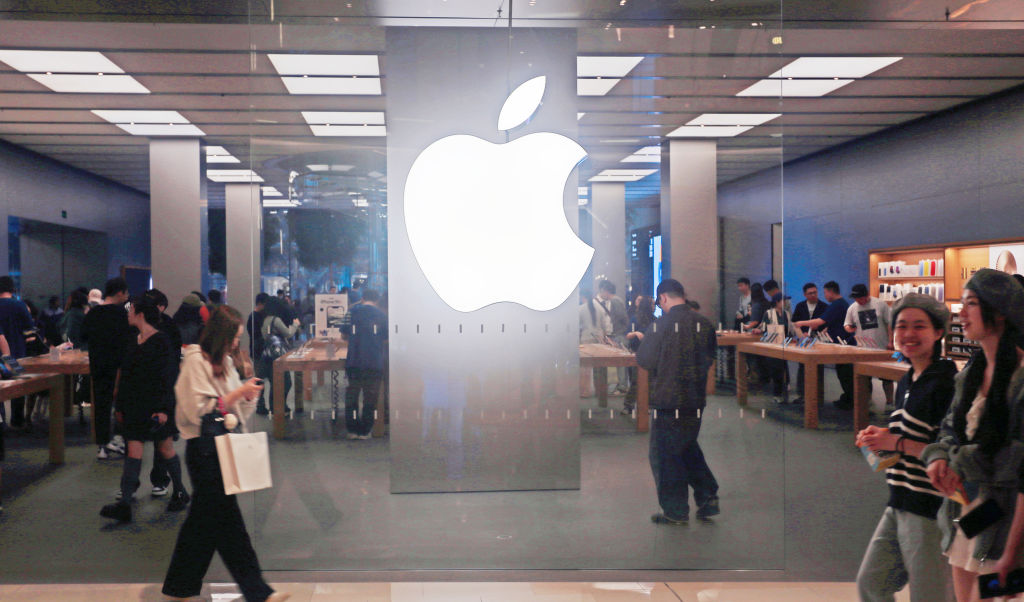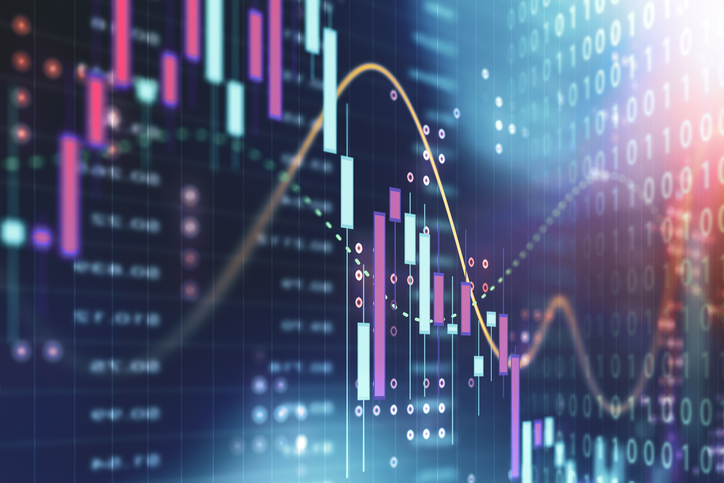High-Quality Stocks Beat the Market
Here are my three favorite funds for playing the quality theme, along with a list of 16 pristine stocks.

I've been singing the praises of high-quality stocks for years now. And I'm hardly their only fan. But do they really outperform? For the first time, some solid research addresses this question.
A study by the Leuthold Group found that high-quality stocks have beaten the overall stock market over more than 25 years. From 1986 through April 30, high-quality stocks returned an annualized 11.8%, compared with 10.2% for the overall stock market, according to the study, by Jun Zhu, a Leuthold analyst, and Eric Weigel, the Minneapolis firm's research director. (Leuthold's benchmark for the overall market was an index that gave equal weight to the nation's 1,500 largest companies.)
What's more, high-quality stocks do best when the market is in free fall. Indeed, the outperformance of high-quality stocks is entirely due to their market-beating returns during bear markets. "High quality works when you really need it," Zhu says.

Sign up for Kiplinger’s Free E-Newsletters
Profit and prosper with the best of expert advice on investing, taxes, retirement, personal finance and more - straight to your e-mail.
Profit and prosper with the best of expert advice - straight to your e-mail.
Look at the numbers. When the market, as represented by the Leuthold index, fell 11.6% from the start of May through August 2010, high-quality stocks lost only 8.9%. When the market plunged 52.6% from the start of November 2007 through February 2009, high-quality stocks lost 42.5%. Most strikingly, when the market plummeted 40.3% from March 2000 through September 2002, high-quality stocks gained 3.9%.
Quality doesn't always excel. It tends to lag in bull markets. Indeed, lower-quality stocks and the overall stock market have done better in the current bull market. From March 1, 2009 (nine days before the bull market began) through April 30, high-quality stocks returned a cumulative 175% — eight percentage points less than the market. High-quality stocks did much worse, relatively, during the 2002-2007 bull market, returning a cumulative 125%, or 41 percentage points less than Leuthold's measure of the overall market.
What's the outlook for quality now? It depends partly on your market view. In my opinion, global economic uncertainty remains high; I'm much more comfortable owning high-quality stocks than lower-quality fare. Weigel agrees. "It's probably worth emphasizing quality because the market seems a little bit toppy," he says.
But what is high quality? To me, it's kind of like the late Supreme Court Justice Potter Stewart's famous definition of pornography: "I know it when I see it." Similarly, when I see Apple (symbol AAPL), Google (GOOG) and UnitedHealth Group (UNH), I know I'm looking at high-quality stocks.
[page break]
Leuthold came up with solid criteria to identify high-quality stocks. First, they screened for companies generating stable and growing revenues. Then they looked for stable and growing earnings. They excluded companies with heavy debt loads. Next, they looked for companies that regularly raised their dividends. Finally, they screened for stocks with low price volatility.
They kept their screen sector-neutral. So if, for example, technology stocks account for 15% of the market, 15% of Leuthold's high-quality stocks have to be tech stocks. That's one part of their research I disagree with. I think high-quality stocks can more readily be found in some sectors — such as health care and consumer products — than in others. I think it's particularly hard to find quality stocks among financials because they are so heavily leveraged — the ratio of lending to equity at banks is often huge—and they tend to go through cycles when they make terrible loans. I also think it's difficult to identify quality stocks among firms that make huge capital expenditures. That group includes most companies in basic materials, energy and industrials.
Leuthold's research is aimed at investment professionals, so the high-quality screen is meant to be just one step in picking stocks. Leuthold's screen does not exclude stocks with high price-earnings ratios. So Amazon (AMZN) is considered a high-quality stock even though, at a price of $266 (as of the May 29 close), it's trading at 63 times analysts' earnings estimates for the next 12 months. "We're not saying you should buy high-quality stocks without further research," Weigel says.
Other stocks on Leuthold's high-quality list, with the highest quality first, include Comcast Class A (CMCSA), Starbucks (SBUX), Nike Class B (NKE), Wal-Mart Stores (WMT), CVS Caremark (CVS), Colgate-Palmolive (CL), Costco Wholesale (COST) and Walgreen (WAG).
I generally associate high quality with large-capitalization stocks. But Leuthold's screen identified a bunch of small caps and midcaps, too. With highest quality first, they include Big Lots (BIG), Cheesecake Factory (CAKE), Vitamin Shoppe (VSI), Shutterfly (SFLY), Lancaster Colony (LANC), Boston Beer Class A (SAM) and J&J Snack Foods (JJSF).
Or pick a fund that emphasizes high quality. My favorites are BBH Global Core Select N (BBGNX), Vanguard Dividend Growth (VDIGX) and Yacktman Fund (YACKX). These funds won't lead the pack in most bull markets. But they should hold up well in treacherous times.
Steve Goldberg is an investment adviser in the Washington, D.C., area.
Get Kiplinger Today newsletter — free
Profit and prosper with the best of Kiplinger's advice on investing, taxes, retirement, personal finance and much more. Delivered daily. Enter your email in the box and click Sign Me Up.

-
 Stock Market Today: Stocks Soar on China Trade Talk Hopes
Stock Market Today: Stocks Soar on China Trade Talk HopesTreasury Secretary Bessent said current U.S.-China trade relations are unsustainable and signaled hopes for negotiations.
By Karee Venema
-
 2026 Disney Dining Plan Returns: Free Dining for Kids & Resort Benefits
2026 Disney Dining Plan Returns: Free Dining for Kids & Resort BenefitsPlan your 2026 Walt Disney World vacation now. Learn about the returning Disney Dining Plan, how kids aged three to nine eat free, and the exclusive benefits of staying at a Disney Resort hotel.
By Carla Ayers
-
 Stock Market Today: Dow Drops 971 Points as Powell Pressure Ramps Up
Stock Market Today: Dow Drops 971 Points as Powell Pressure Ramps UpPresident Trump is increasing his attacks against Jerome Powell, insisting the Fed chair cut interest rates.
By Karee Venema
-
 Wall Street Is Worried About Apple Stock. Should You Be, Too?
Wall Street Is Worried About Apple Stock. Should You Be, Too?Analysts expect Trump's sweeping tariffs to have an outsized impact on Apple stock. How concerned should investors be?
By Karee Venema
-
 The Stock Market Is Selling Off. Here's What Investors Should Do
The Stock Market Is Selling Off. Here's What Investors Should DoInvestors started fleeing the equities market en masse in response to the Trump administration's "jaw-dropping" tariffs. But the experts say don't panic.
By Karee Venema
-
 Should You Sell Tesla Stock as Elon Unrest Grows?
Should You Sell Tesla Stock as Elon Unrest Grows?Tesla's CEO is wearing many hats and is managing them "with great difficulty."
By David Dittman
-
 5 of Warren Buffett's Best Investments
5 of Warren Buffett's Best InvestmentsWarren Buffett has had plenty of wins throughout his decades of investing. Here, we highlight five of Buffett's best investments.
By Kyle Woodley
-
 Apple's 100,000% Return Is a Result of Innovation, Brand Loyalty and Buybacks
Apple's 100,000% Return Is a Result of Innovation, Brand Loyalty and BuybacksApple spends billions buying back its own shares, but this is just one catalyst behind the incredible growth in its share price.
By Louis Navellier
-
 Stock Market Today: Stocks Struggle After Trump's EU Tariff Threats
Stock Market Today: Stocks Struggle After Trump's EU Tariff ThreatsStocks pared early gains after Trump threatened the European Union with 25% tariffs.
By Karee Venema
-
 Stock Market Today: Dow Gains After Nike Gets Upgraded
Stock Market Today: Dow Gains After Nike Gets UpgradedJefferies thinks Nike's new CEO will spark a turnaround in the beaten-down blue chip.
By Karee Venema